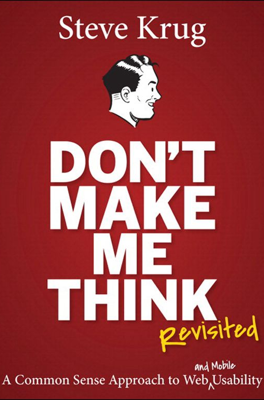Usability as Common Courtesy
The Concept of Goodwill in Web Usability
Steve Krug details how every user starts with a "reservoir of goodwill" when they visit a website, which can be drained or replenished based on their experience. For instance, a lack of transparent information about a potential airline strike significantly depleted Krug's goodwill as he navigated an airline’s website anxious about his upcoming travel. This reservoir isn't uniform; it varies by individual characteristics and situations. Importantly, it can recover—if a site makes reparative efforts—or be completely drained by a significant enough frustration.
Practices that Diminish Goodwill
Common practices that deplete user goodwill include: - Hiding essential information such as support numbers or shipping costs. - Forcing users to adapt to the site's preferred practices such as entry formats in forms. - Requesting excessive personal information, which can make users skeptical and irritated. - Creating barriers with unnecessary marketing or design elements that slow down the user’s journey. - Amateurish website appearance, which can damage trust and professionalism.
Conversely, transparency (like upfront cost disclosures) and ease of use (such as direct links to track shipments) can both prevent goodwill depletion and fill it back up. Avoiding or mitigating these drains on goodwill is not just about maintaining site traffic but preserving the integrity and perceived quality of the brand.
Enhancing User Goodman with Considerate Design
To boost goodwill, websites should: - Prioritize user needs and tasks, making key actions straightforward and accessible. - Include genuinely helpful elements like comprehensive FAQs that address likely user questions and concerns without marketing spin. - Cater to user convenience, such as by providing “printer-friendly” versions of pages or simplifying error recovery methods. - Apologize for shortcomings, acknowledging when the site’s constraints might hinder user experience.
Ultimately, treating users with consideration and respect through thoughtful design choices not only enhances usability but also fostars long-term loyalty and satisfaction.
